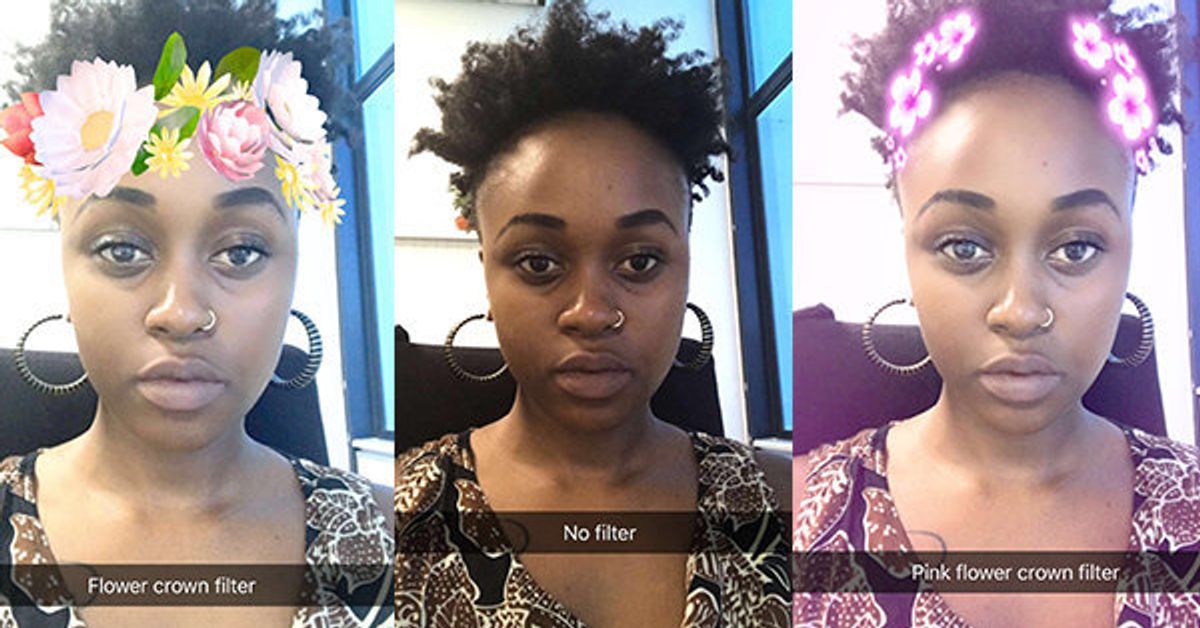Augmented Reality
Augmented Reality:
Augmented Reality (AR) is similar to Virtual Reality (VR). It uses a mix of reality and VR to create AR. This is done by using objects surrounding you and adding boosting it with special effects being added to it.
An example would be Snapchat filters. The selfie is of you, but it adds a special effect to your face as if you are something else. Below is a normal selfie of me. Next to it is the AR implement in which it adds a filter to make me a moose. This displays what AR is capable of when creating an alternate reality but using implements of reality to do so.
Augmented reality dates back to 1968 where Ivan Sutherland invented 'The sword Of Damocles'. This was a head mounted display which had lenses that covered the eyes. It allowed the person wearing the device to see shapes that wouldn't normally appear to be there, through computer generated graphics projected the image onto the lenses. This was the earliest known stage of AR.




Furthermore, AR was developed in the 1990s for military purposes, similar to VR. Louis Rosenberg for the US armed forces. It was designed to help improve performance of the military. This was done so by using the first ever AR system, giving them tasks to complete using robotic arms. The person using it would have their arms replaced with robotic arms using AR. The whole purpose was to help assist the user and help prefect their mobility for specific tasks.
In the late 90s and early 2000s sports broadcasters started using to help viewers understand what just happened. The NFL was the first to use this with the 'magic yellow line'. This was an AR as it added a yellow line to the viewers at home but spectators in the ground and those participating couldn't see it. It was added to display where the team carried the ball to. This is till used today and also used in football to show offsides using VAR.
Print Media also debuted the use of AR in 2009. Esquire magazine added a feature in which you scanned the cover Robert Downey Jr would start speaking to the readers. It brought the pages to life and looked like one of those newspapers out of Harry Potter.
In Modern day, as previously mentioned, AR is huge in social media. With everyone near enough owning social media and posting photos it is bound they have used the AR feature of filters. Facebook, Instagram and Snapchat offer this feature to send silly photos or to improve the way you look.

It is know being used by shopping applications. in 2017 IKEA brought out an AR feature in their app. It allowed customers to place furniture on their phone, using their camera, into their desired to space to see if they liked the look of the furniture. This was the first time a retail company did this and over retailers are developing software to replicate it. An example being Nike using AR to determine the correct shoe size for their customers.
Task:
We were assigned in groups to experiment with the AR app Blippar and see what we were capable of creating.
Idea:
We decided to add some features to Mike Wazowksi from Monster Inc using AR.
Final Product:
I really enjoyed the session. I like the whole concept of AR and would love to experiment using it in my final product. It is an interesting creative media and I enjoyed learning about it as well as creating stuff with it. Using the Blippar app at first was tricky as it didn't work for us, but once you get t the hang of it, it is straight forward. I have an idea which I believe is unique and needs broadening to help me get it to the next Level.





Comments
Post a Comment